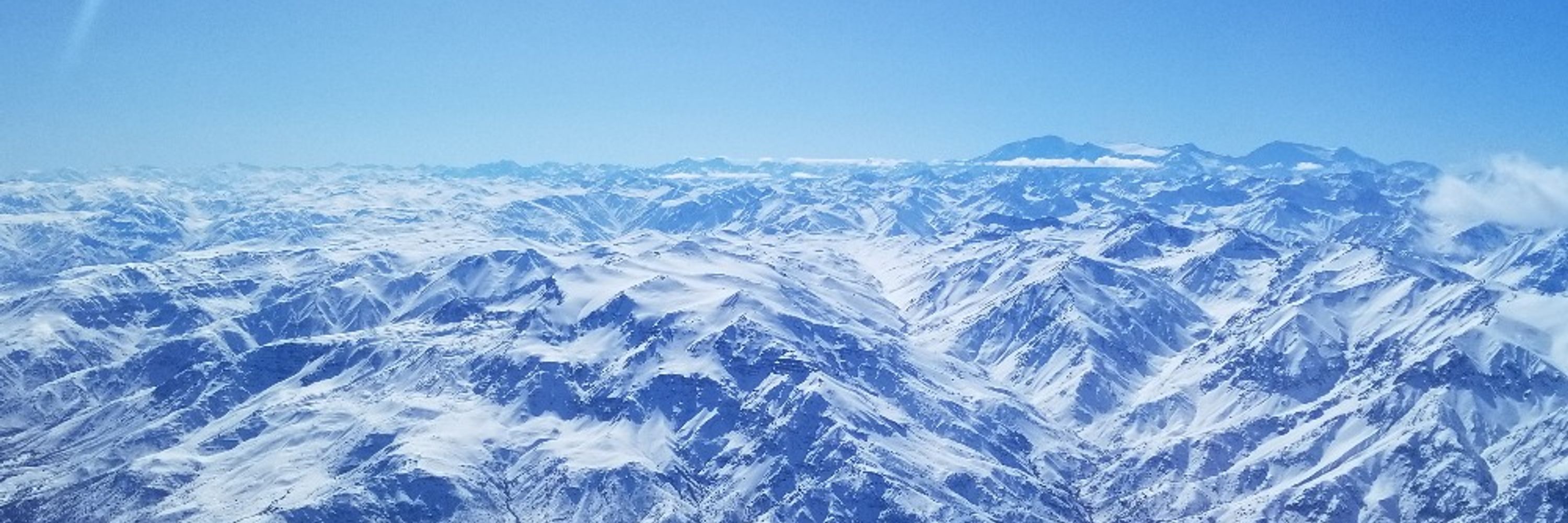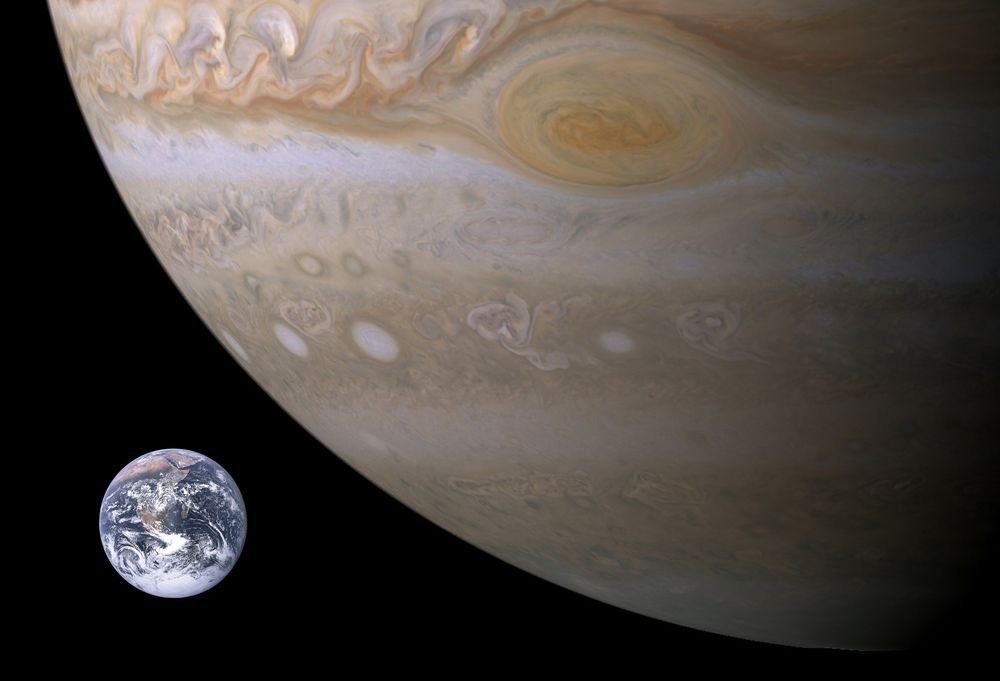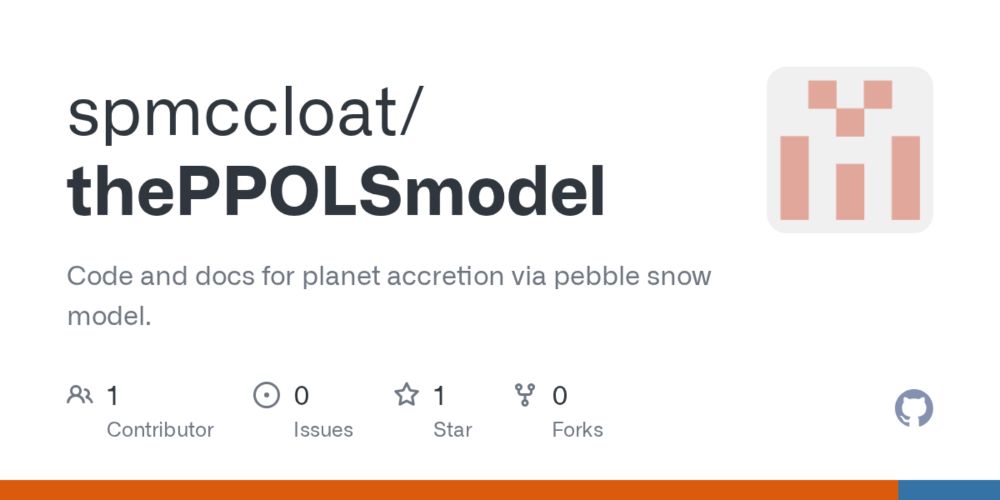Gijs D Mulders
@gijsmulders.com
280 followers
56 following
92 posts
Exoplanet Astronomy
Assistant Professor
Santiago de Chile
http://gijs.cl
\m/
Posts
Media
Videos
Starter Packs
Pinned
Reposted by Gijs D Mulders
Reposted by Gijs D Mulders
Reposted by Gijs D Mulders

























